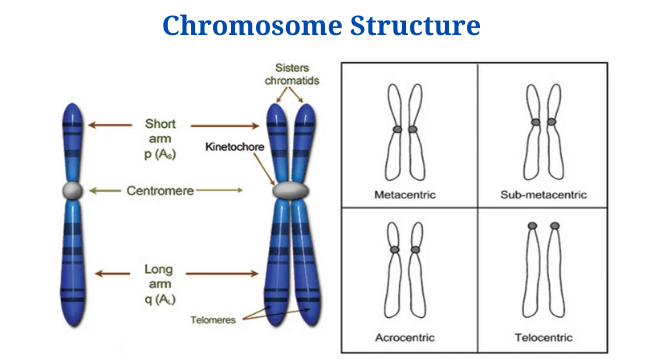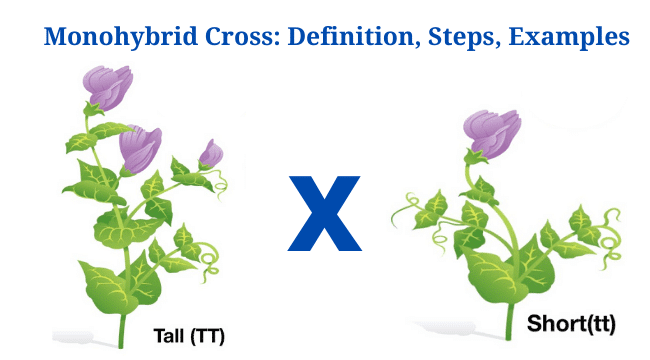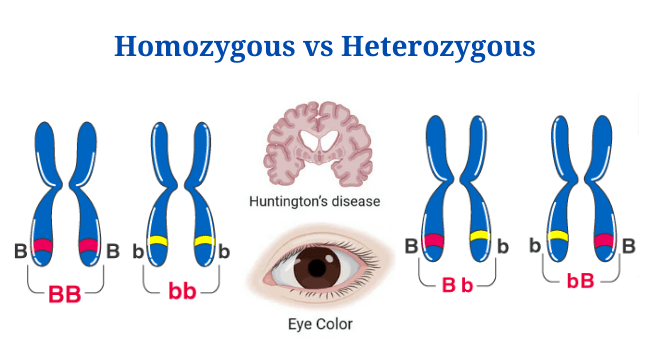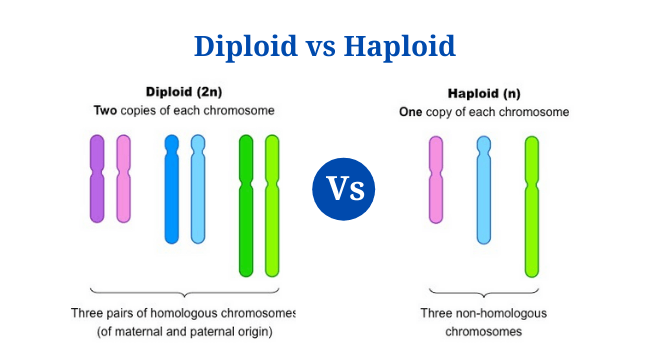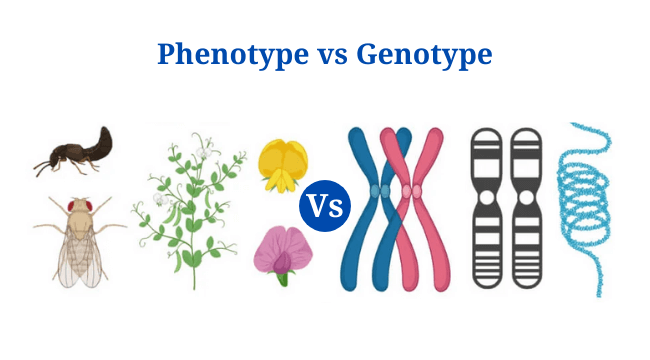Mendel’s Laws of Segregation, Independent Assortment and Dominance
Mendel’s Laws of Segregation, Independent Assortment and Dominance This new theory of inheritance was first proposed in the early 1860s by an Austrian monk named Gregor Mendel depending on his experiments with pea plants at the University of Vienna. Heredity was Mendel’s belief, and each unit (or gene) in an individual’s genome acted independently of … Read more


